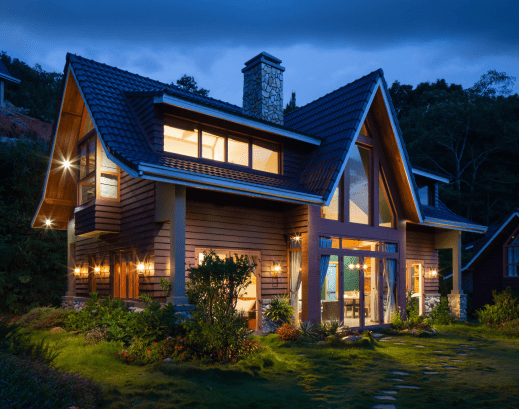Geology
The Thiruvallur district can be geologically classified into hard rock and sedimentary (alluvial) formation. This district is principally made up of Archaean, upper Gondwana and the tertiary formations. These are over laid by laterites and alluvium.
The oldest of the crystalline rocks of Archaean age are of Biotite and Hornblende Gneiss, Charnockite and granite. These are intruded by Amphibole dykes, and occasionally with veins of quartz and pegmatites. Granites and gneisses of Archaean age are mainly seen in Tiruthani taluk. These crystalline rocks have under gone weathering to variable extent.
The oldest of the crystalline rocks of Archaean age are of Biotite and Hornblende Gneiss, Charnockite and granite. These are intruded by Amphibole dykes, and occasionally with veins of quartz and pegmatites. Granites and gneisses of Archaean age are mainly seen in Tiruthani taluk. These crystalline rocks have under gone weathering to variable extent.
Company Statistics Analysis
Great Achievement For Insurance
8563 +
Saticfied Custimer
2630 +
Experience Members
100 %
Satisfaction Rate
25 +
Years Experience
963 +
Awards Winning
Popular Clients
We’ve 1520+ Global Premium Clients





a) Upper Gondwana
The Upper Gondwana consists of clay shales, sandstones and conglomerates.
These formations are encountered in Thiruvallur district. The sathyavedu conglomerates of upper Gondwana age are found in Tiruthani and Ponneri taluks.
These formations are encountered in Thiruvallur district. The sathyavedu conglomerates of upper Gondwana age are found in Tiruthani and Ponneri taluks.
b) Tertiary formations
These formations comprise of shales, clays and sandstones. Sandstones and clays are important members of tertiary group. It occurs interbedded with conglomerates and shales. They are normally coarse to medium grained, brown to yellow in colour and beds varying in thickness from few inches to massive beds. These clays, shales and sandstones of tertiary formation occur in Red hills and in Ponneri taluk.


c) Laterites and conglomerates
The area around Poondi, Vembedu Reserve forest has a covering of conglomerates. These are composed of boulders and small pebbles mostly quartzites.
The laterites are found in small patches as a capping over the Upper Gondwana .
Laterites are seen around Red hills lake, Cholavaram tank. Laterites are porous, cellular clay like rocks of red, yellow, brown, grey and mottled colour.
The laterites are found in small patches as a capping over the Upper Gondwana .
Laterites are seen around Red hills lake, Cholavaram tank. Laterites are porous, cellular clay like rocks of red, yellow, brown, grey and mottled colour.
d) Alluvium
The alluvial deposits own their occurrence chiefly to the Korttalaiyar and Cooum river. The Kortallaiyar alluvium consists of unconsolidated coarse grained sands, gravels, pebbles, clay, sandstones and kankar. The Cooum alluvium consists of silt, fine grained – coarse sands, gravels and pebbles. The thickness of this river alluvium is comparatively small.













